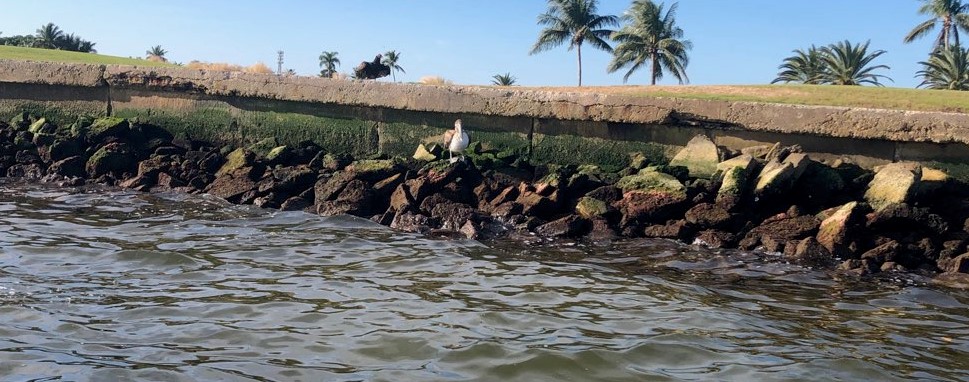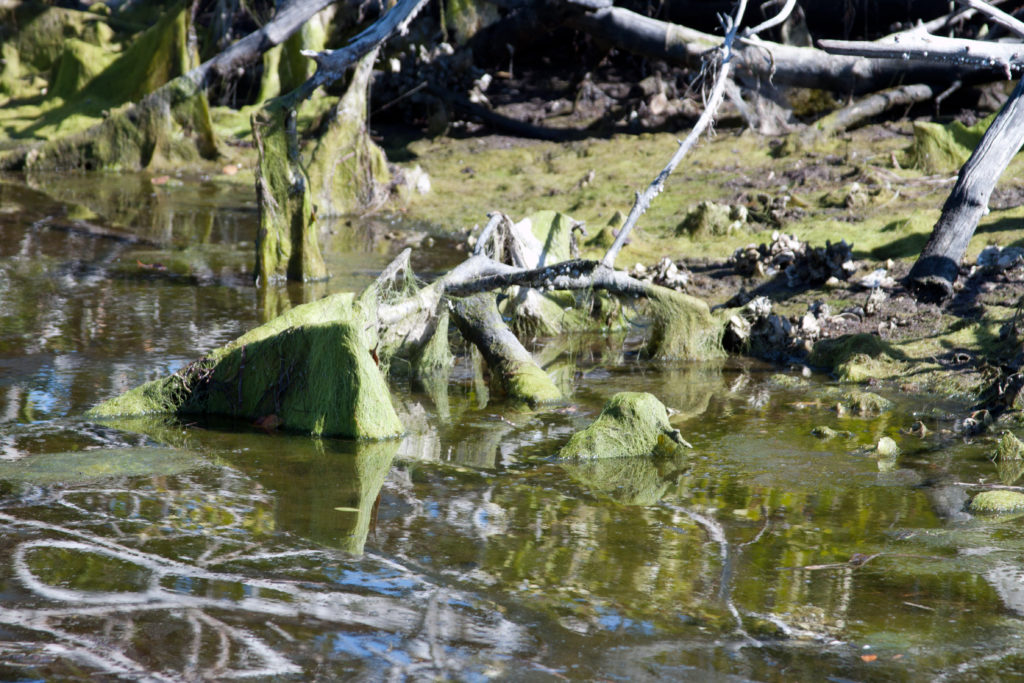The recent and ongoing attention to some of the greatest threats to Florida’s coastal fisheries—from the Bluegreen Algae Task Force to Everglades Restoration—are great steps in the right direction. But it’s important to realize that the algae blooms—from bluegreen algae to red tide—and seagrass die-offs are symptoms of Florida’s much larger problem of too many nutrients entering coastal waters. As the Bluegreen Algae Task Force draft statement said, the most important challenge to tackle is to greatly reduce nutrients entering our waters.
What often flies under the radar is the legacy that too many nutrients leave in our estuaries. The bluegreen algae blooms and red tides (known as Harmful Algae Blooms, or HABs) grab media attention, but these are far from the only negative impacts of too many nutrients. Other species of algae also bloom. Unlike the tiny organisms that cause the HABs, these other types of algae grow on the bottom, smothering seagrass, coating mangrove prop-roots, and sliming seawalls. These types of algae also kill seagrass, and when they die the bacteria that cause decay suck up all of the oxygen, making the water unhealthy for gamefish and their prey. In the wake of these algae blooms are open bottom and murky water. The photo (below) and this video (IMG_6113-Rhett-Morris-algae-Dec2019) are from recent days on Charlotte Harbor, which was also impacted by red tide.
Photo 1: Dr. Aaron Adams
Photo 2: Capt. Tommy Locke





